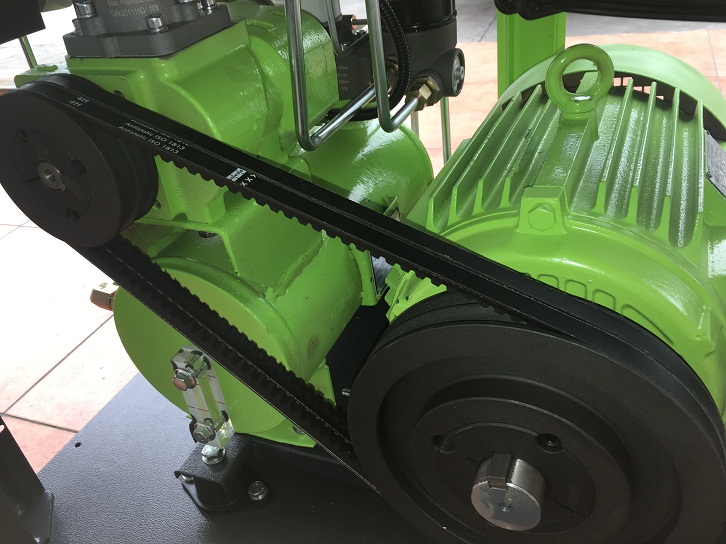Variable Frequency Drives (VFDs) have become widely adopted for motor speed control due to their ability to offer flexible speed regulation, improved energy efficiency, and cost-effectiveness. While specially designed motors exist for variable frequency operation, the simplicity and low cost of standard asynchronous motors make them an attractive option for many industrial applications.
However, using a VFD to control the speed of a standard induction motor introduces several challenges. This article explores the key effects of VFD-based speed control on ordinary asynchronous motors and provides insights into efficiency, loss mechanisms, and design considerations.
Why Use Standard Induction Motors with VFDs?
One of the primary appeals of VFDs is their compatibility with conventional asynchronous motors. These motors feature simple structures, lower manufacturing costs, and robust durability, making them ideal for most general-purpose variable-speed applications.
If VFDs could only be used with specially designed motors, the inherent advantages of VFD technology—simplicity, ruggedness, and cost-efficiency—would be diminished.

Non-Sinusoidal Output and Its Effects on Motor Performance
When a VFD regulates the motor speed, the output voltage waveform is not a perfect sine wave. Instead, it typically resembles a stepped or pulse-width modulated (PWM) signal, introducing harmonic components that affect motor performance in the following ways:
1. Increased Copper Losses
Stator Copper Losses:
The harmonic currents induced in the stator windings increase copper losses (I²R losses). This is especially noticeable when the harmonics cause eddy currents and magnetic saturation, resulting in higher excitation current requirements and thus a rise in the total current drawn by the motor.
Rotor Copper Losses:
Rotor bars, especially in deep-slot squirrel cage rotors, experience significantly higher losses due to the skin effect at harmonic frequencies. For instance, with a 50Hz fundamental frequency, fifth and seventh harmonics generate rotor currents at 300Hz and 600Hz respectively. At such high frequencies, the rotor’s AC resistance increases dramatically—sometimes up to 3.7 times the DC resistance—causing more energy loss and heat generation.
2. Increased Iron Losses
The presence of harmonics also leads to elevated iron losses (core losses) in the motor, as the time-varying magnetic fields generate additional eddy currents and hysteresis losses. While the primary magnetic flux remains based on the fundamental waveform, harmonic fluxes contribute to increased heating and reduced motor efficiency.
Even with a typical 6-step waveform from a VFD, the peak magnetic flux in the motor air gap can be 10% higher than with a pure sine wave, though the actual increase in iron loss is relatively modest.
3. Additional Stray Losses
End-Winding Leakage and Eddy Currents:
High-frequency harmonics also increase stray losses due to additional eddy currents in the stator end windings and motor end caps. These losses are more pronounced in motors with closed-slot or skewed-slot designs.
Skewed Slot Leakage Flux:
As the phase angle between stator and rotor magnetic fields shifts under harmonic influence, skewed-slot leakage flux leads to localized heating, especially near the end-windings and teeth of the motor core.
Conclusion: Should You Use a Standard Motor with a VFD?
While it’s possible to use a standard asynchronous motor with a VFD, it’s crucial to understand the added thermal and efficiency challenges posed by harmonic content. When precise speed control, high reliability, and energy efficiency are priorities, it may be worth considering VFD-rated motors or taking measures such as adding filters, derating the motor, or upgrading insulation to improve longevity and performance.
For optimal energy-saving performance in industrial applications, visit Baldor’s official website and explore our range of high-efficiency screw air compressors and advanced motor solutions.